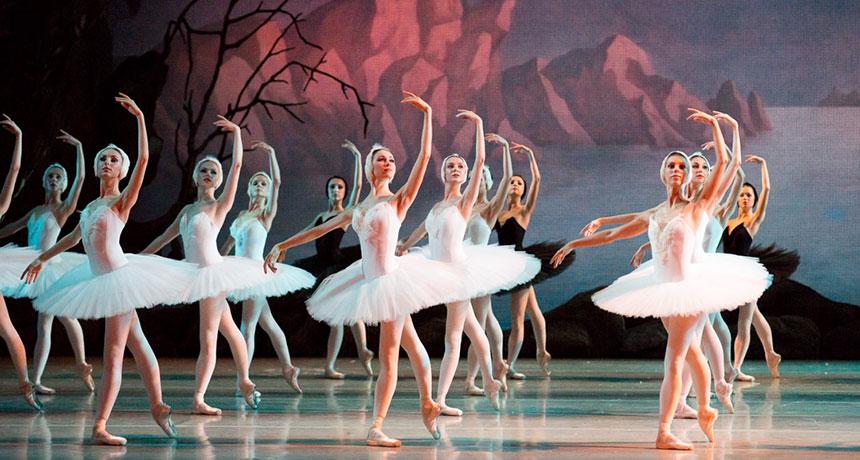By: Cassie Jeng, independent research student (junior)
Mental health, especially eating disorders have become a huge concern, and there is an increasing number of victims who suffer detrimental consequences because of a lack of treatment. This happens mainly due to a lack of awareness of therapy or incompatibility with the techniques. Because of the variation in perspectives and learning methods in patients, new techniques are required in order to provide successful treatment to everyone in need.
Through thorough research on cognitive behavioral therapy (CBT) and dance/movement therapy (DMT) in relation to eating disorder treatment, an idea was proposed to combine cognitive aspects of CBT and movement/body connection aspects of DMT.
There are professionals who believe that “ED is a challenging diagnosis where working with the body is essential but also very challenging and takes skill and training to do” and therefore it would not be easy to create a new method. However, this collaboration of techniques would provide a way to use the beneficial aspects of both types of therapy in one method.
There are current dance/movement therapists who work with the body for eating disorder treatment, meaning there are professionals who have studied this skill, making it possible to have this combination. A therapist would need to be trained in both fields, but the combination would reach more people and work to prevent the increasing number of people in the world today who suffer from this severe mental health condition and are not able to be successfully treated with the current methods available.
One cognitive behavioral therapist supported this integration by recognizing that despite the traditional methods of CBT,
“Eating disorder clients often are completely disconnected from their bodies and also their bodies are a source of self-hatred so teaching an appreciation and connection with their individual bodies is very important.”
Both cognitive behavioral therapists and dance/movement therapists were surveyed to inquire about their familiarity with the opposite techniques, as well as their perspective on the proposal. While it was found that therapists were not entirely familiar with the other practice, especially the newer aspects of dance/movement therapy, upon survey, both fields were intrigued by the collaboration concept and anticipated it to be influential for patients with this disorder.
There were some obstacles presented through the surveys about means for developing the new method, however, the data showed an overall consensus of the potential of this proposal. Because of the anticipated influence, the concept could allow for the development of a new type of therapy that would reach patients whom had previously been unsuccessful with treatment, preventing the rise in fatal or grave conditions from untreated eating disorders. The spread of the research will allow for heightened awareness of eating disorder treatment in general and the incorporated techniques.
Quotes are taken directly from the responses from the data collection surveys.

